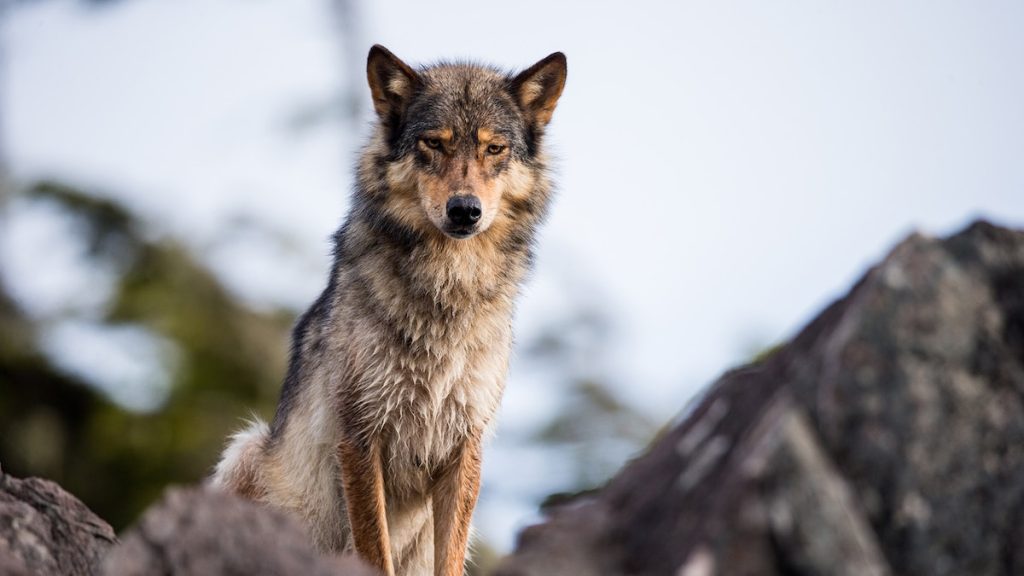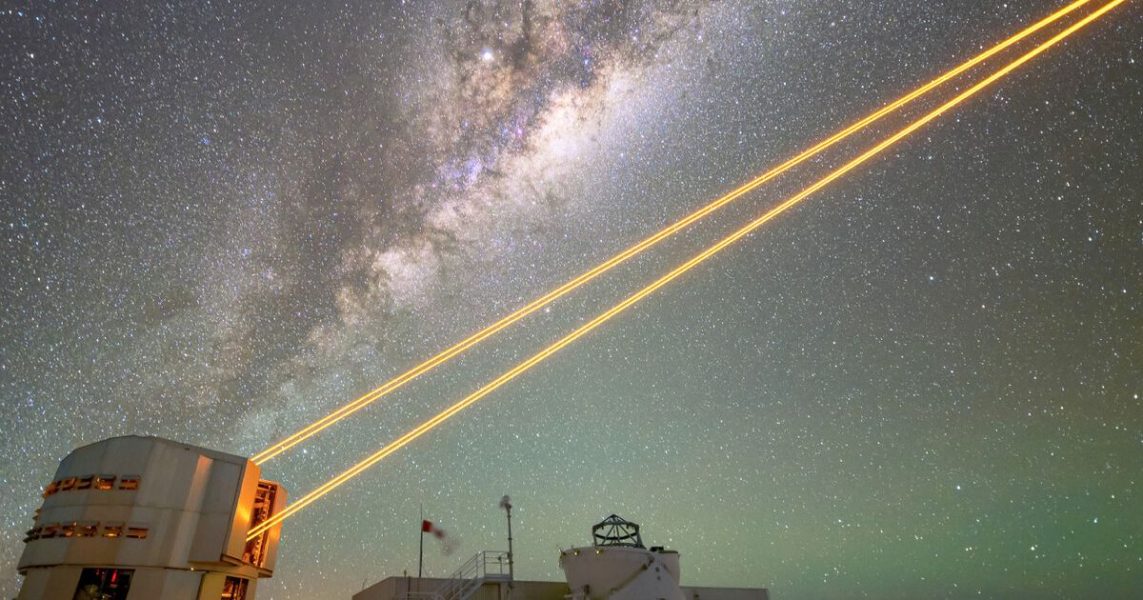New model shows dogs could have domesticated themselves – National Geographic

They may have been drawn to the discarded remains from ancient human meals, and a new model shows tame wolves could have become dogs in as little as 8,000 years.“Who’s a good boy?” Humans have been asking that question in various languages for thousands of years. We’ll make goo-goo eyes at pretty much any cute creature, take it in, and try to make it love us. But domestication isn’t just something we impose on other species. Animals can also adapt to us.Dog domestication has prompted some ruff debates. Were humans bringing in or selecting docile members of ancient wolf packs to be their companions? Or were some of those wolves more tolerant of people, inching closer to human leftovers on their own?One major question in this debate is whether the math checks out. Is there enough time for a wholly new species to emerge from wolves acting as scavengers on human garbage? Could the transition from wolf to dog happen in the timespan we think this change occurred?A new set of mathematical models, published February 12 in Proceedings of the Royal Society: Biological Sciences, suggests that the math is indeed plausible. Under the right conditions, wolves could have bred themselves into dogs in around 8,000 years.Humans have been living closely with dogs for at least 30,000 years, and there are several hypotheses for what kicked off the transition from haughty, wild wolf to shivering chihuahua.“Within the most recent 15,000 years, there is strong evidence that artificial selection is happening throughout human cultures,” says Alex Capaldi, a theoretical ecologist at James Madison University in Virginia. In other words, humans were selecting traits for dogs, rather than letting evolution run its course.But in the 15,000 before that, no one knows what happened.Humans could have been specifically breeding wolves for tamer traits during that time, perhaps for help with hunting.“I don’t think it is a likely scenario that ancient hunters would have worked alongside predators who would be at best more likely to view them as competitors than partners of any kind,” says Kathryn Lord, an evolutionary biologist at The University of Massachusetts Chan Medical School in Worchester, who was not involved in the study.Maybe ancient people did what we’ve always done—picked up an adorable baby critter and took it home. This “pup-adopting” hypothesis would create an isolated population of tamer wolves that mated with one another, driving rapid artificial selection.(Humans are hardwired to love cute animals. Learn more about why.)But what if ancient wolves chose the human-centric life?Attracted to garbage, successful scavengers would have been tamer, trading aggression for easy meals. These human-associated wolves would have isolated themselves from other packs, breeding with other, tamer wolves—and acquiring some wagging tails in the process.This last theory, sometimes called the “proto-domestication,” “self-selection,” or “scavenger” hypothesis, came to Capaldi’s attention courtesy of the rebooted Cosmos: A Spacetime Odyssey series, starring Neil deGrasse Tyson. In one episode, the astrophysicist sits by a campfire, tosses an old bone out to a wolf, and effectively describes this hypothesis.Capaldi was surprised. He had always heard that humans had shaped wolves into dogs. “I wanted to see what the different sides of the story were,” he says.He found a contested field. For the scavenger hypothesis, one major objection was that if wolves were just scavenging and selecting among themselves, surely it would take too long.This is where mathematical models could come in, says David Elzinga, a mathematical ecologist at the University of Wisconsin in La Crosse. “I don’t think mathematical models have really shown up in this discussion yet,” he says. They aren’t real ancient wolves or humans, but as simplifications for the real world, “I think that they have a lot to contribute.”Capaldi, Elzinga, and their colleagues applied agent-based mathematical models to find how long it would take for speciation—a new, separate doggie species—to occur among a pack of ancient wolf scavengers.They ran models where the tamer wolves mated with other tamer wolves, and models where they did not. They also examined how faster speciation could occur if garbage levels stayed constant (a way to describe a small steady human population), or if they increased (indicating a growing population of humans and their trash). They ran each model for 15,000 “years.”In the many models, early dogs separated from their ancient wolf brethren 37 percent of the time.If the scavenging animals preferred other tamer animals as mates, they formed packs of early dogs 74 percent of time.If the tamer animals mated with others like them, dogs separated from wolves in about 8,000 years, and the change lasted more than 3,400 years—often persisting until the model ran out of “time.” The changes happened whether human food was constant or if it increased. But if the tamer wolves mated with wilder wolves, they never became a separate species.Tamer wolves mating with other tamer wolves would probably be an issue of who’s nearby, says Bridgett vonHoldt, an evolutionary biologist at Princeton University who was not involved in the study.But while some might like to call this “self-domestication,” vonHoldt notes that really, “the phenomenon of wolves that are more tolerant of people spending their lives closer to people and benefiting from such is a part of natural selection.” She also notes that a handful of genes can give animals “hypersocial” behaviors, and adding those dogs to the model could give an even better picture of early dogdom.“Some have argued that the scavenger hypothesis would be too slow to have worked. This paper provides evidence to the contrary,” Lord says.This doesn’t mean that wolves definitely did scavenge themselves into dogs, “but it does provide a piece of evidence in support of the scavenger hypothesis,” Lord notes.Other objections still remain, notes Mietje Germonpré, a paleontologist at the Royal Belgian Institute of Natural Sciences in Brussels.“Archaeological evidence suggests that during the Upper Paleolithic, modern humans deterred large carnivores from accessing their habitation sites in order to protect their stored food and refuse,” she says. So even though wolves had plenty of time to form human-associated packs, early humans might have shooed them away.The results also don’t mean that scavenging was the only way, notes Capaldi.Humans probably played a role, but the dogs did too. “There are lots of processes that are going on,” he says. “It’s probably a question of, not which one was it, but which one was the larger factor.”But the results emphasize that domestication isn’t just something that humans impose on other organisms. It’s a two-way street, where both species bring themselves closer together—the beginning of a new best friendship.Copyright © 1996-2015 National Geographic SocietyCopyright © 2015-2025 National Geographic Partners, LLC. All rights reserved
Source: https://www.nationalgeographic.com/animals/article/math-model-dog-self-domestication





